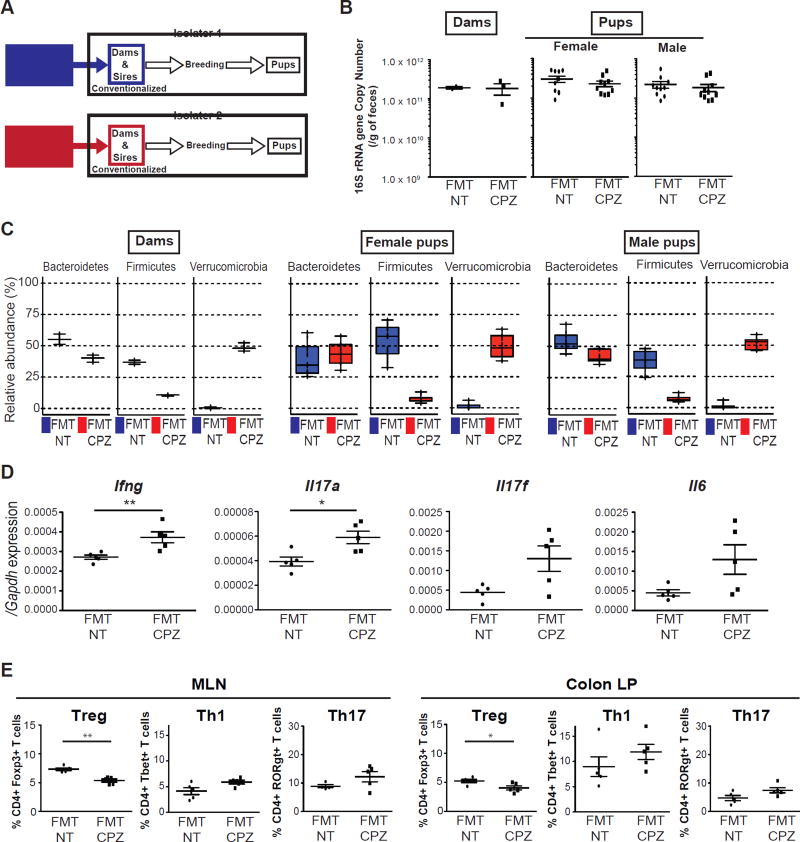Figure 5. Conventionalization of germ-free IL-10 KO mice with cefoperazone-induced dysbiosis skews host immune status in the offspring.
(A) Fecal microbiota transplant (FMT) study design. GF IL-10 KO mice were gavaged with fecal slurries prepared from non-treated (NT) or cefoperazone (CPZ)-treated dams at weaning from cohort 1 in separate flexible film isolators. Breeding pairs were then set up (isolator 1: 2 FMT-NT dams, isolator 2: 3 FMT-CPZ dams). Offspring from FMT dams in each isolator were analyzed at weaning (n=10/gender/group). (B) Fecal 16s rRNA gene copy number in dams and offspring at weaning. (C) Bacterial community composition in dams and offspring. Three dominant phyla, Bacteroidetes, Firmicutes, and Verrucomicrobia are presented. Additional phyla are shown in supplemental Figure 5. (D) Real-Time qPCR mRNA levels of inflammatory cytokines from colonic mucosal scrapings in FMT-NT (black circles) versus FMT-CPZ (black squares) male IL-10 KO offspring at 3 wks of age. mRNA levels expressed as ΔΔCT relative to housekeeper gene Gapdh. (E) Flow cytometric analyses of live CD45+TCRβ+CD4+ T cells expressing Foxp3+ (Treg), T-bet+ (Th1) or RORγt+ (Th17) in MLNs and colonic LPs of 3-wk-old FMT-NT versus FMT-CPZ male offspring (n=4–5/group). Data represent percentage of live CD4+ cells. *p<0.05, **p<0.01 via Mann-Whitney U-test. See also Figure S5.

